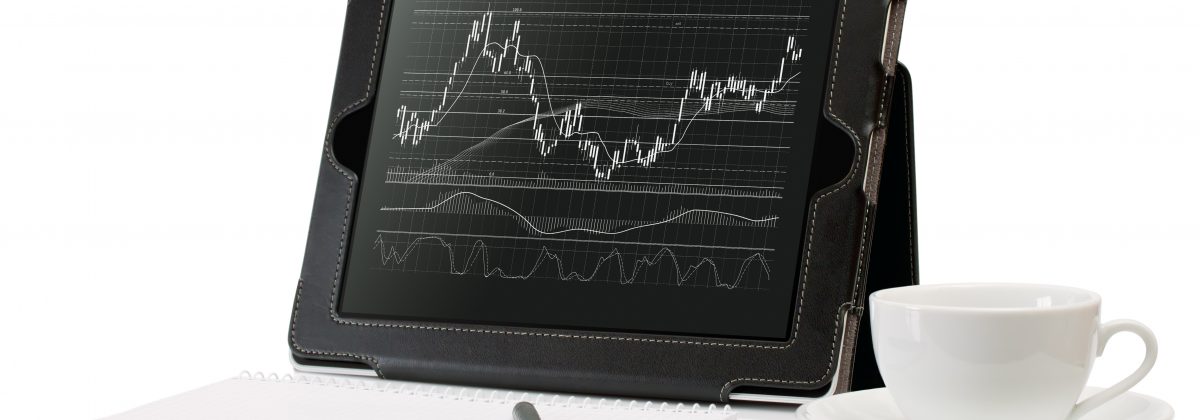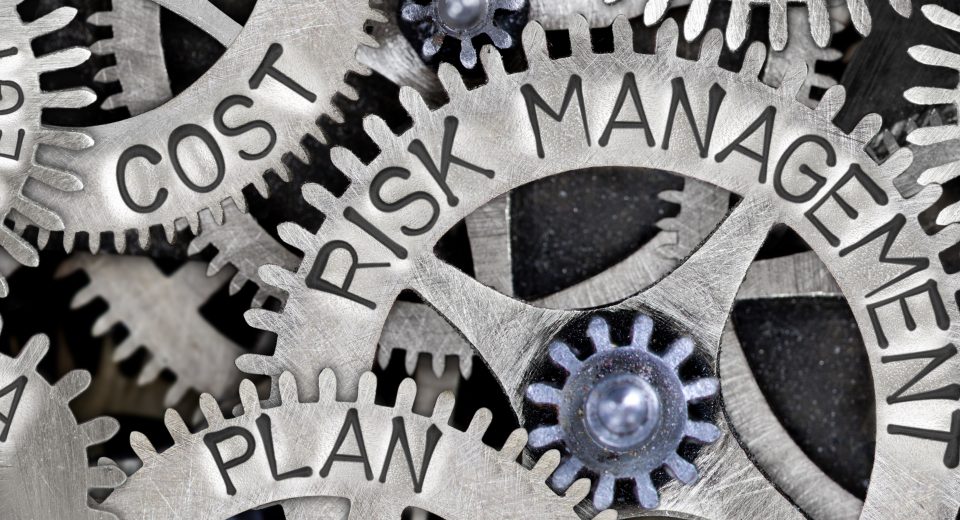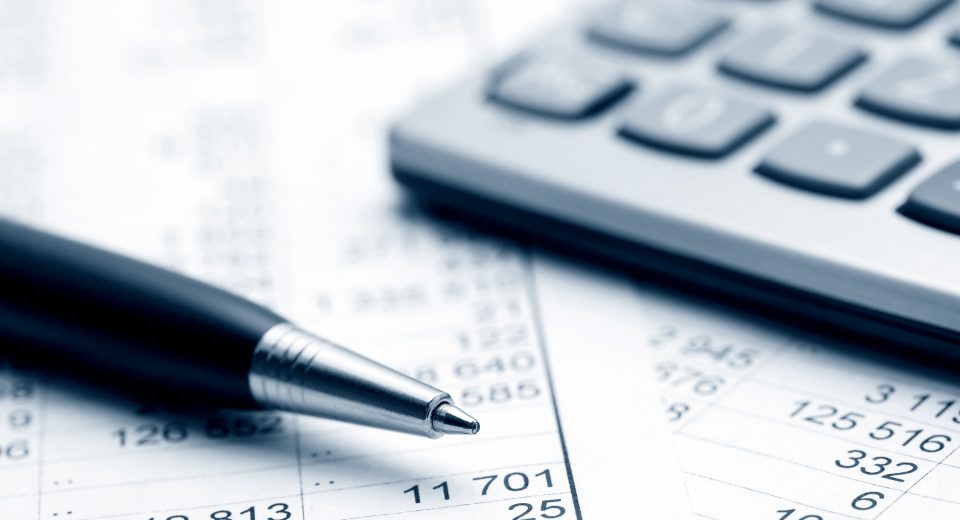Economic Indicators that cause Market Volatility

Economic indicators, such as the unemployment index, Gross Domestic Product or Balance of Payments, are studied and analysed to gauge the health of the economy. Many of these indicators measure the performance and growth of a specific sector, while some give an indication of the economy as a whole.
These indicators are quite popular, and most traders know about them and react to them in a pattern that is often identifiable. But since these indicators are widely known and followed, the ultimate impact on the markets is not significant or predictable. So, what is required is to identify the little known or lesser known economic indicators that give a good idea of the economic situation and are capable of causing volatility in the markets. Let’s find out more about them.
Indicators to Look Out For
While it is important to keep track of important economic indicators that provide a significant clue about where the economy is heading, it is prudent for traders to keep an eye on the lesser known indicators that can lead to high volatility in the markets, such as:
- The Purchasing Manager’s Index: This monthly indicator reflects economic activity in the manufacturing sector. The PMIis based on five major indicators, including new orders, inventory levels, production, supplier deliveries and the employment environment. A figure of 50 implies that the manufacturing sector is expanding, while if the index goes below 50, it indicates that the sector is contracting.
- Money Velocity: This indicator tells us how many times a single dollar or pound is spent over time. A decline in the money velocity is an indication of a slowdown in the economy, while higher velocity indicates that the economy is on the uptrend. Low velocity of money means people are holding money for longer and spending less frequently.
- Taxi Driver Indicator: This indicator basically refers to the fact that when everyone, including taxi drivers, starts talking about the value of a stock or investment, it means the market is highly overvalued. Similarly, if your grandma or any other person who is not otherwise associated with the markets starts talking about stocks, it is an indication that the market peak has arrived.
- The Big Mac Index: This indicator, from The Economist, uses the prices of Big Mac to compare exchange rates. Different prices of the Big Mac in different countries show the gap in the valuation of the different currencies.
- The Baltic Dry Index: An increase in the shipping rates for dry bulk commodities means economic activity is picking up. The BDI is a shipping and trade index, created by London-based Baltic Exchange to measure changes in the cost of transporting various raw materials. The Baltic Dry Index is a composite of three sub-indices that measure different sizes of dry bulk carriers or merchant ships, Capesize, Panamax and Supramax.
Apart from this, housing starts data or information related to construction spending can give a good idea about the housing segment. So, quite often, we can see informal indicators that can hint at economic trends much before the official data comes out. Many obscure indicators like freeway traffic, airport lineups, sale of lipsticks and even taxi availability are being used by analysts to gauge the direction of the economy and then make trading decisions.
Disclaimer
If you liked this educational article please consult our Risk Disclosure Notice before starting to trade. Trading leveraged products involves a high level of risk. You may lose more than your invested capital.




